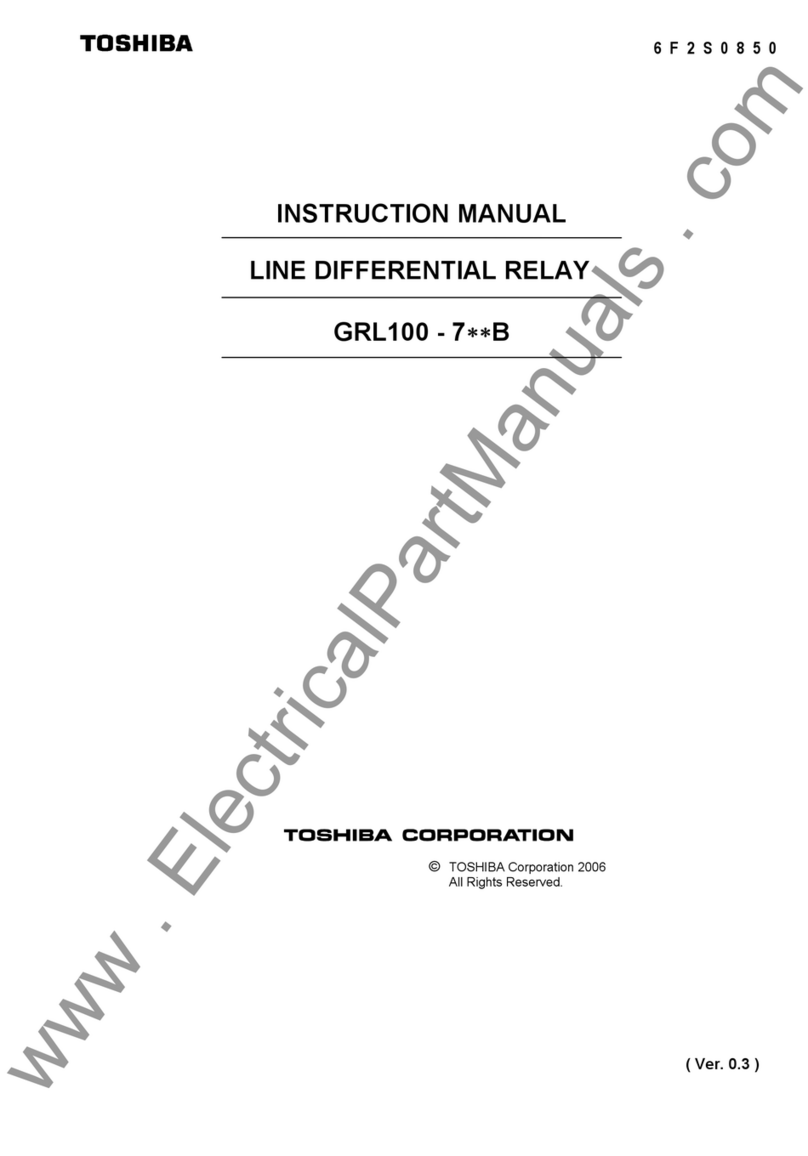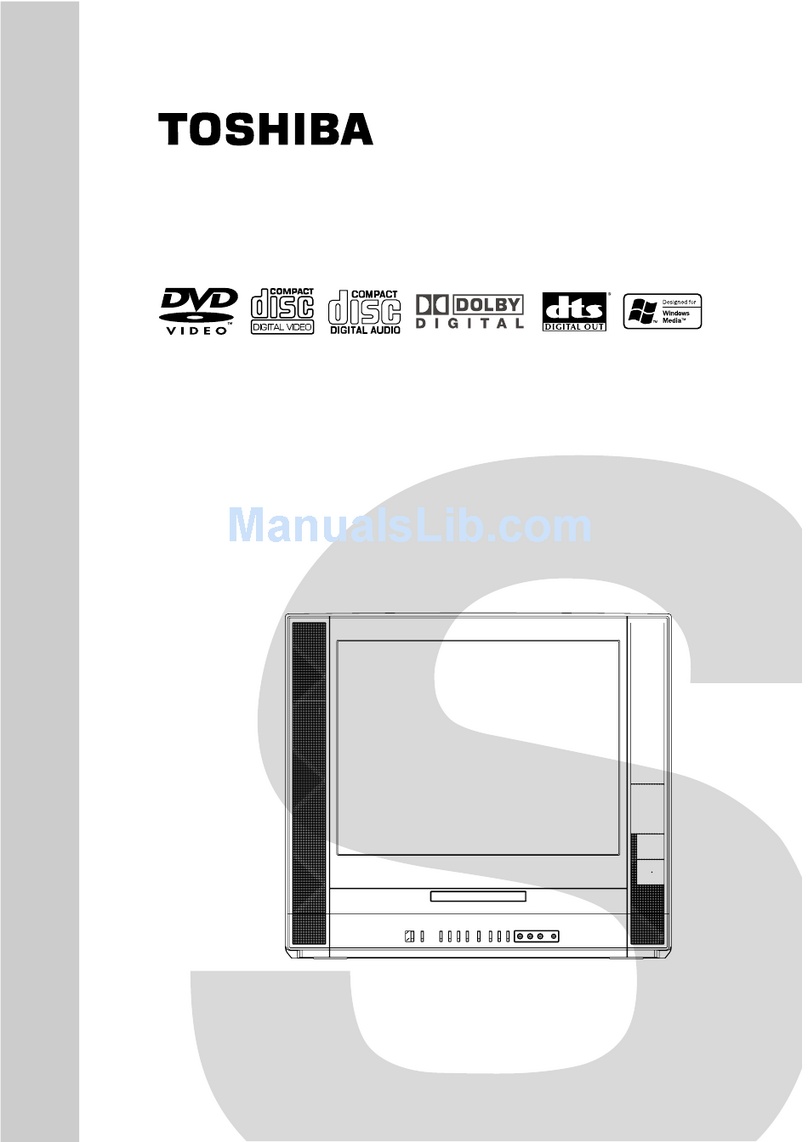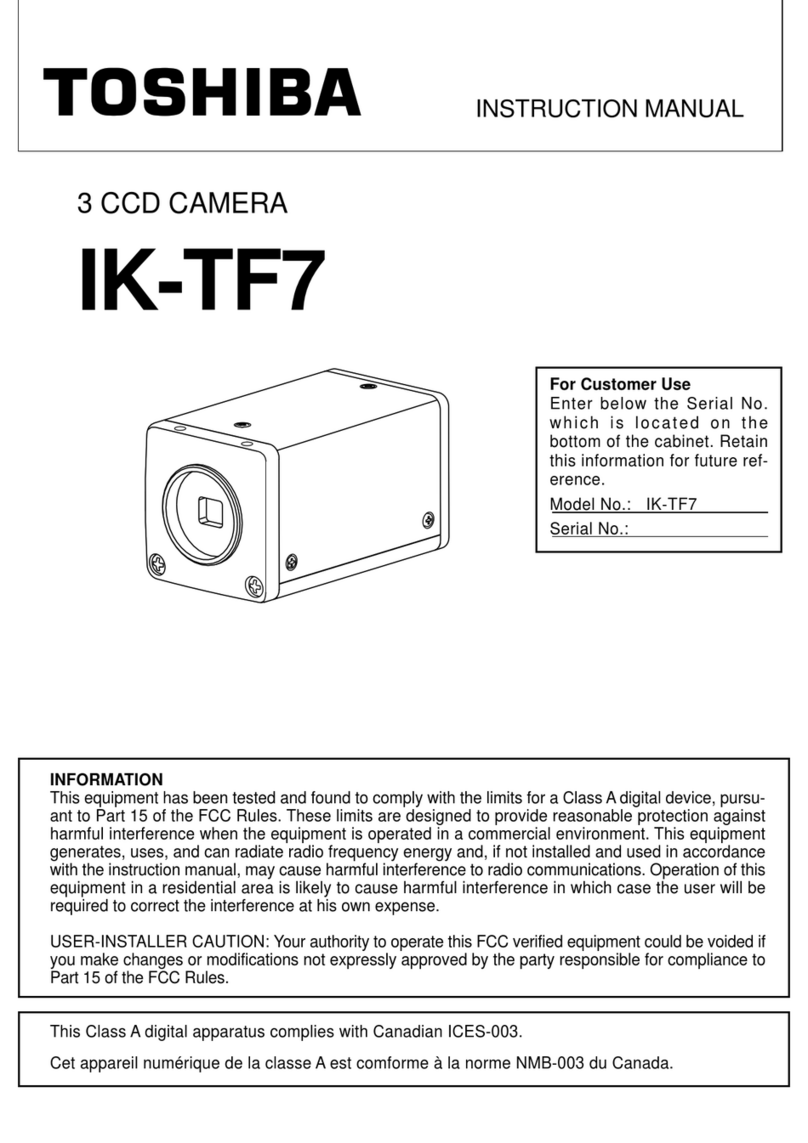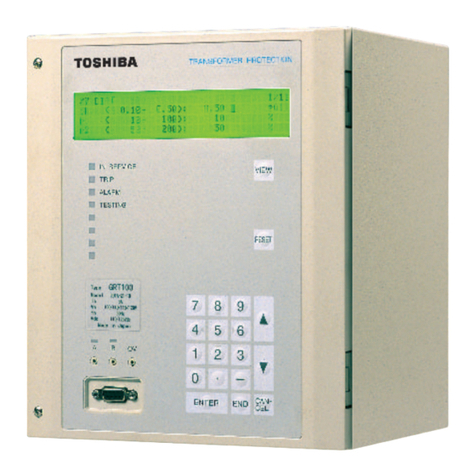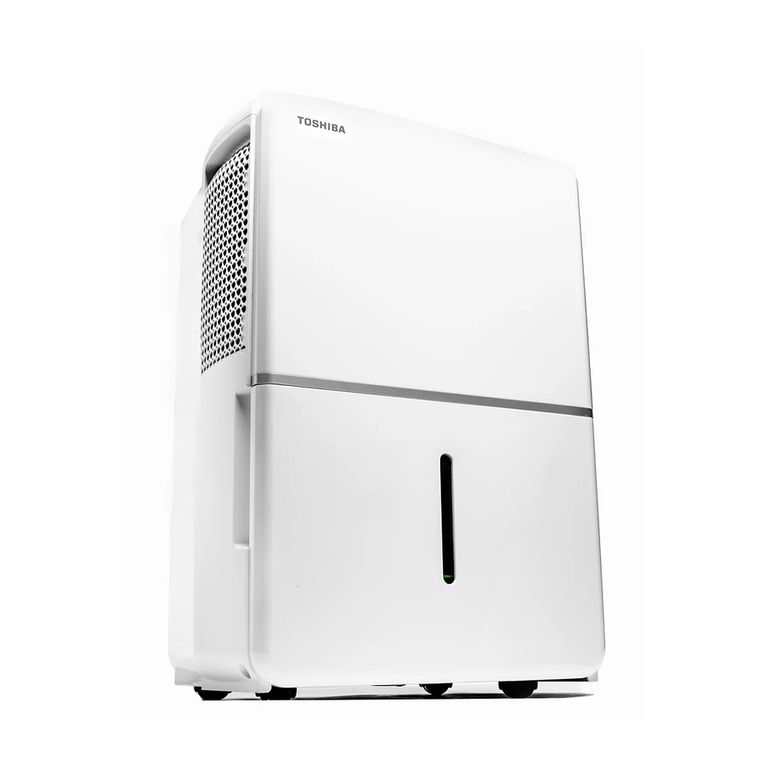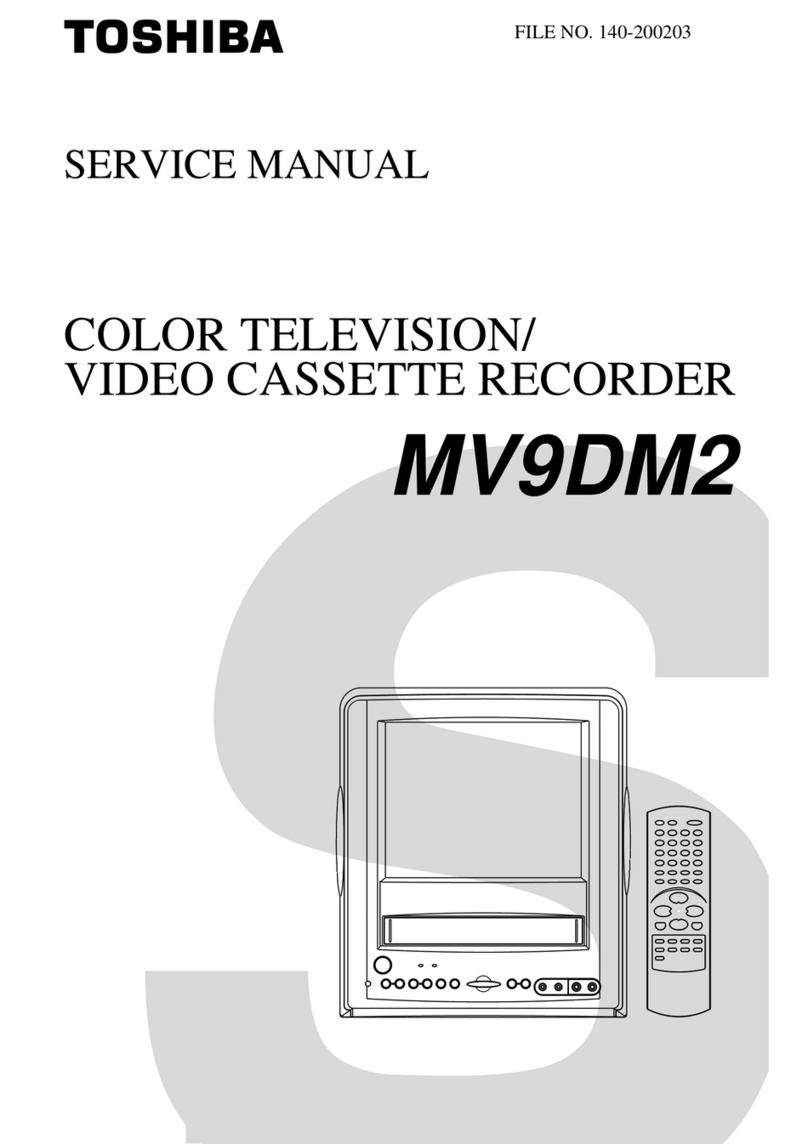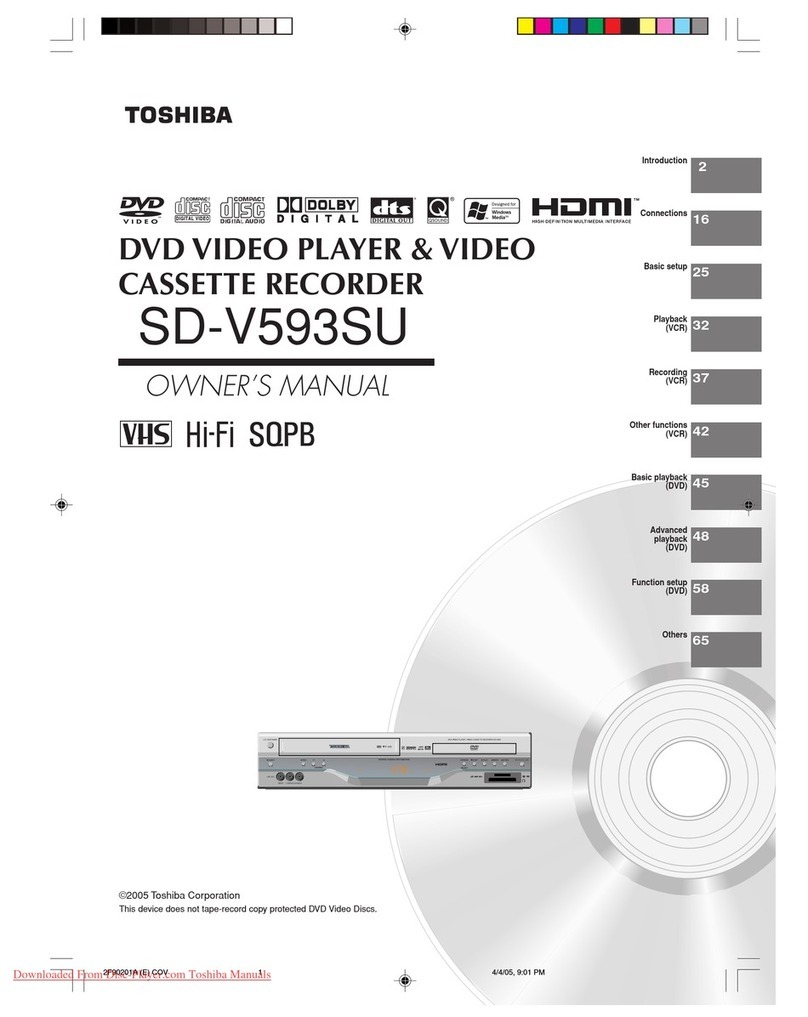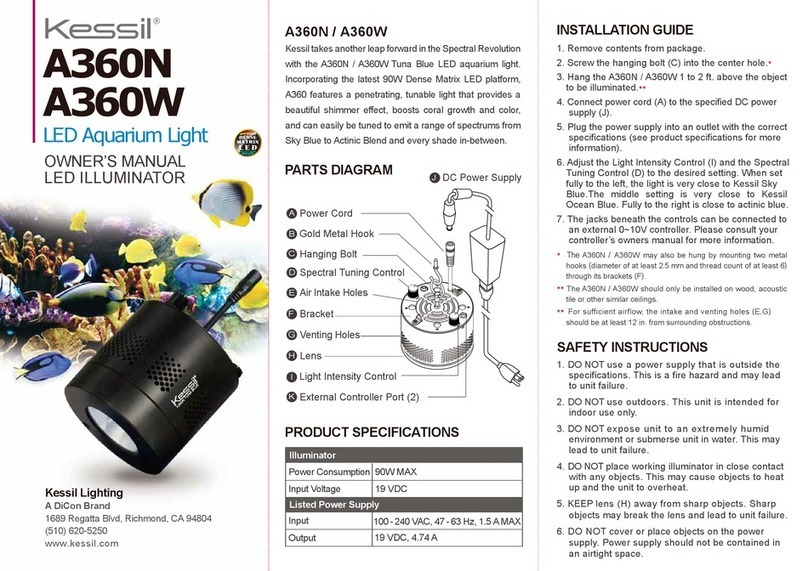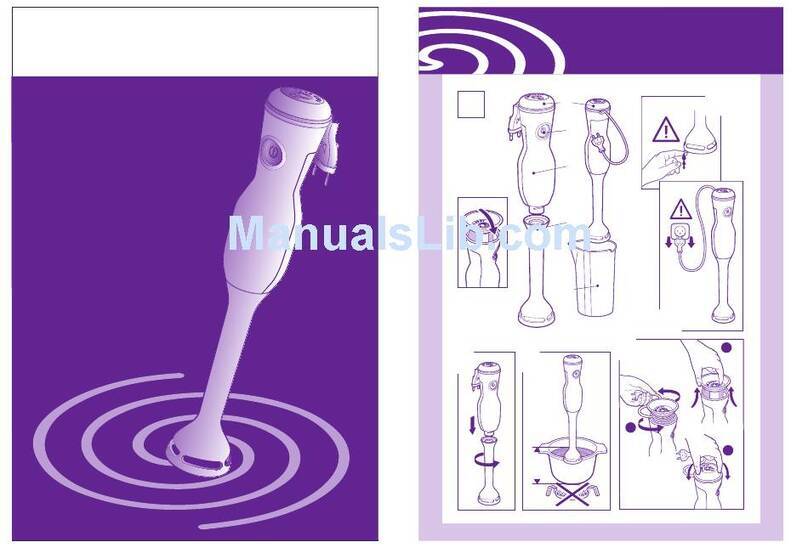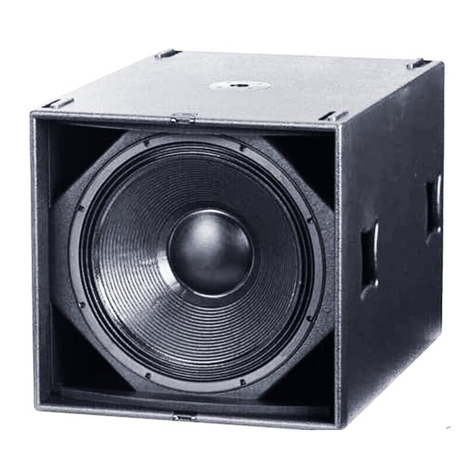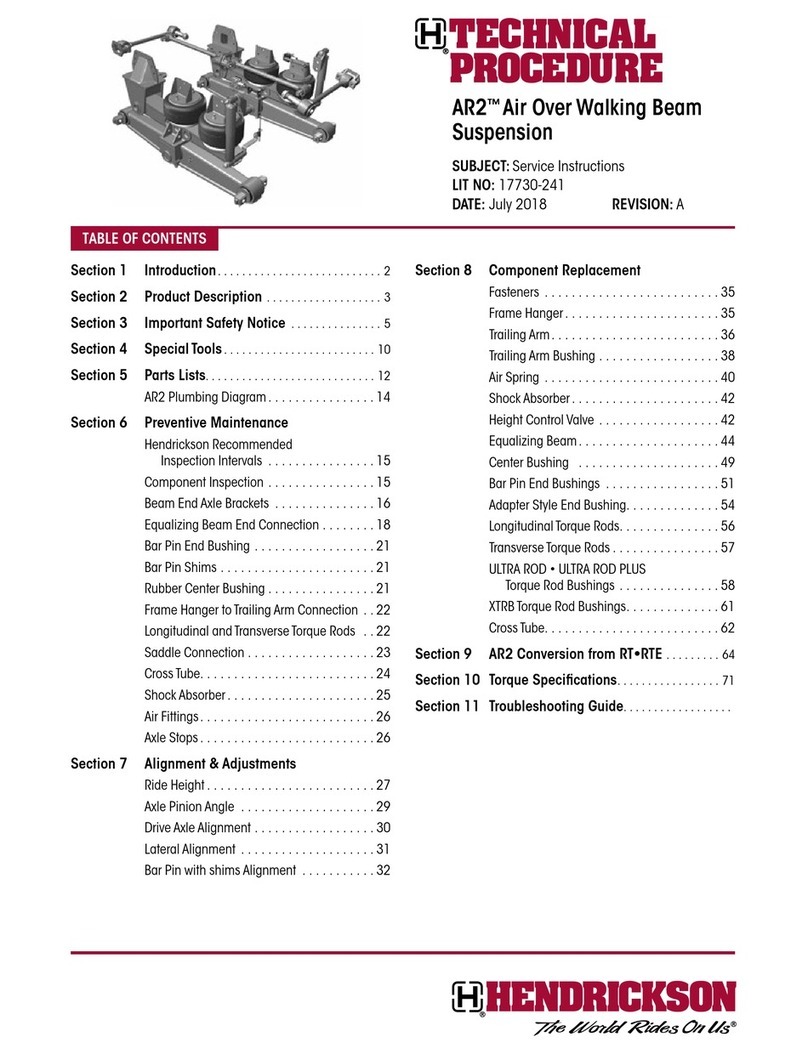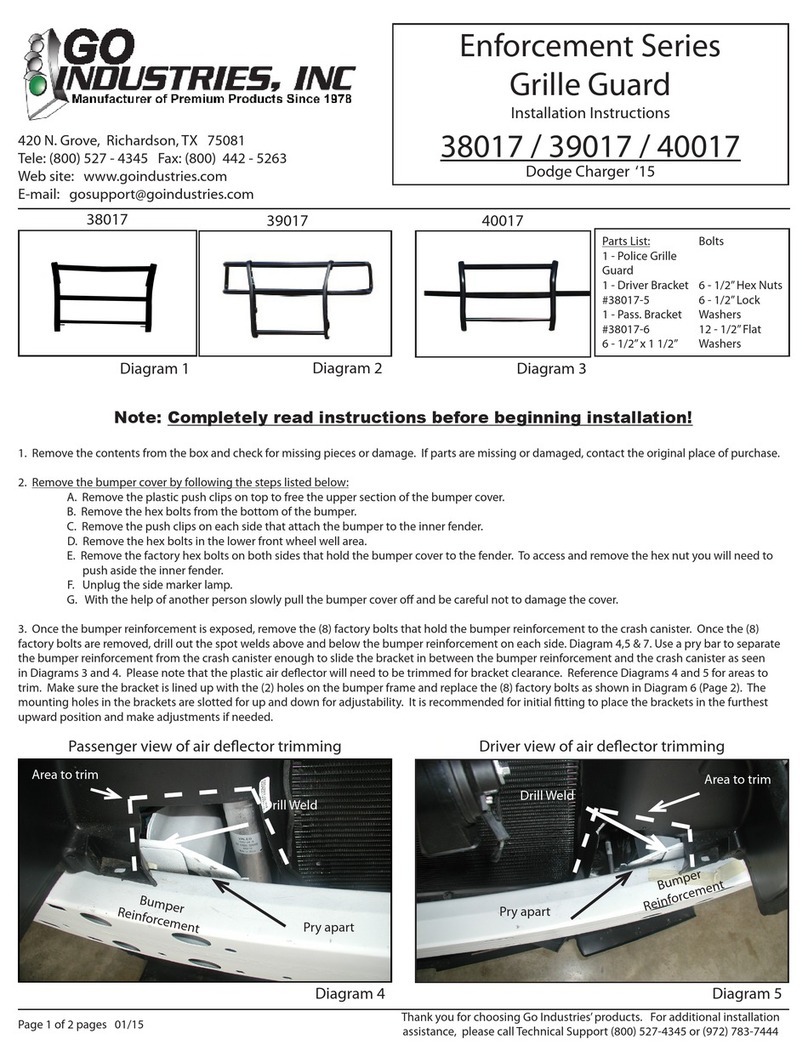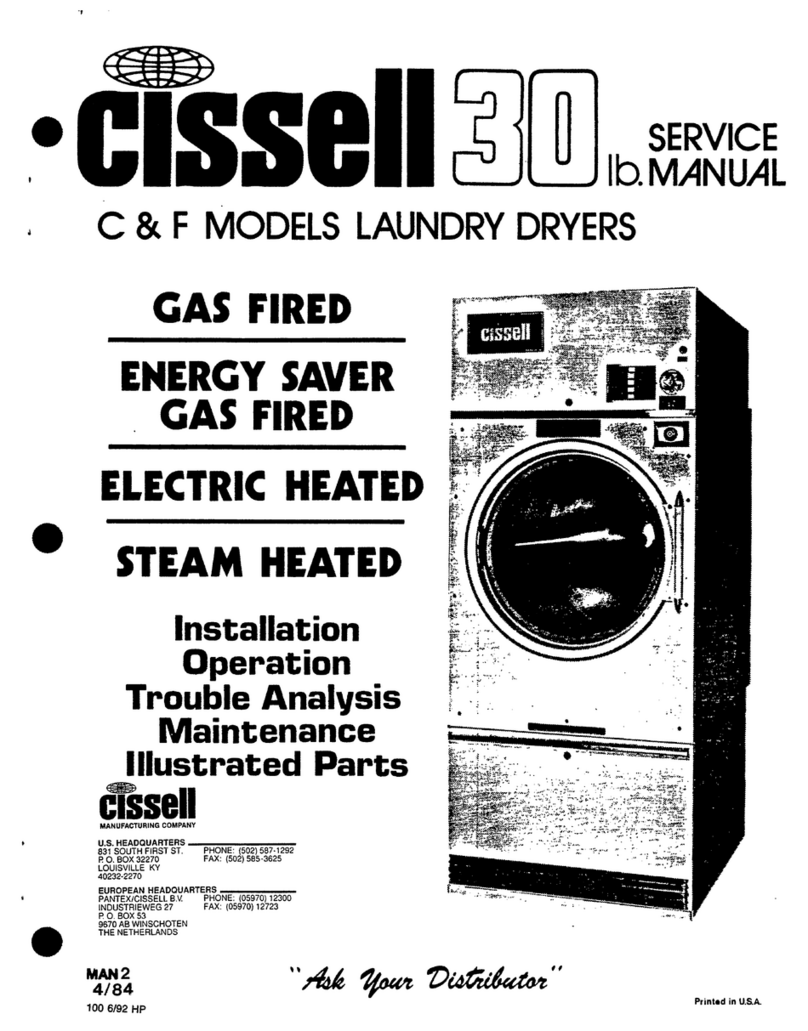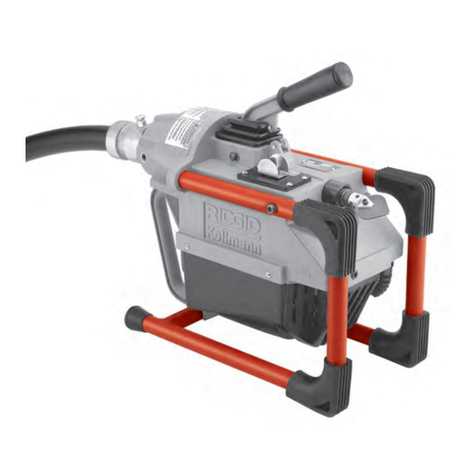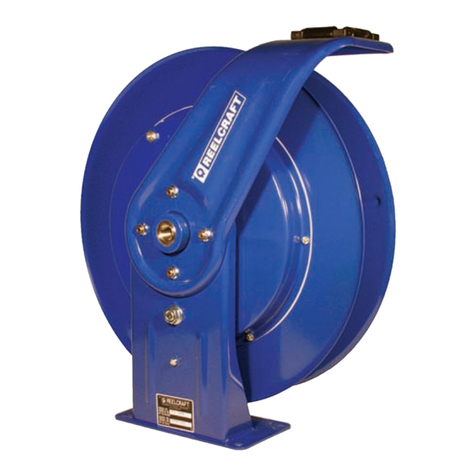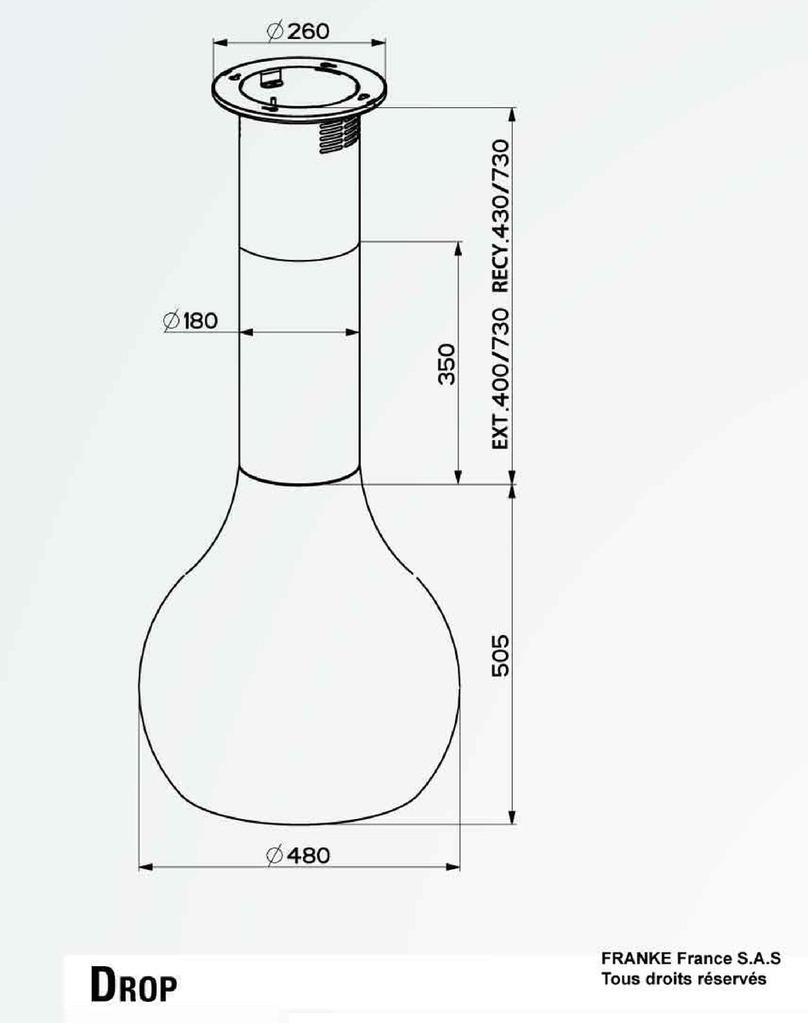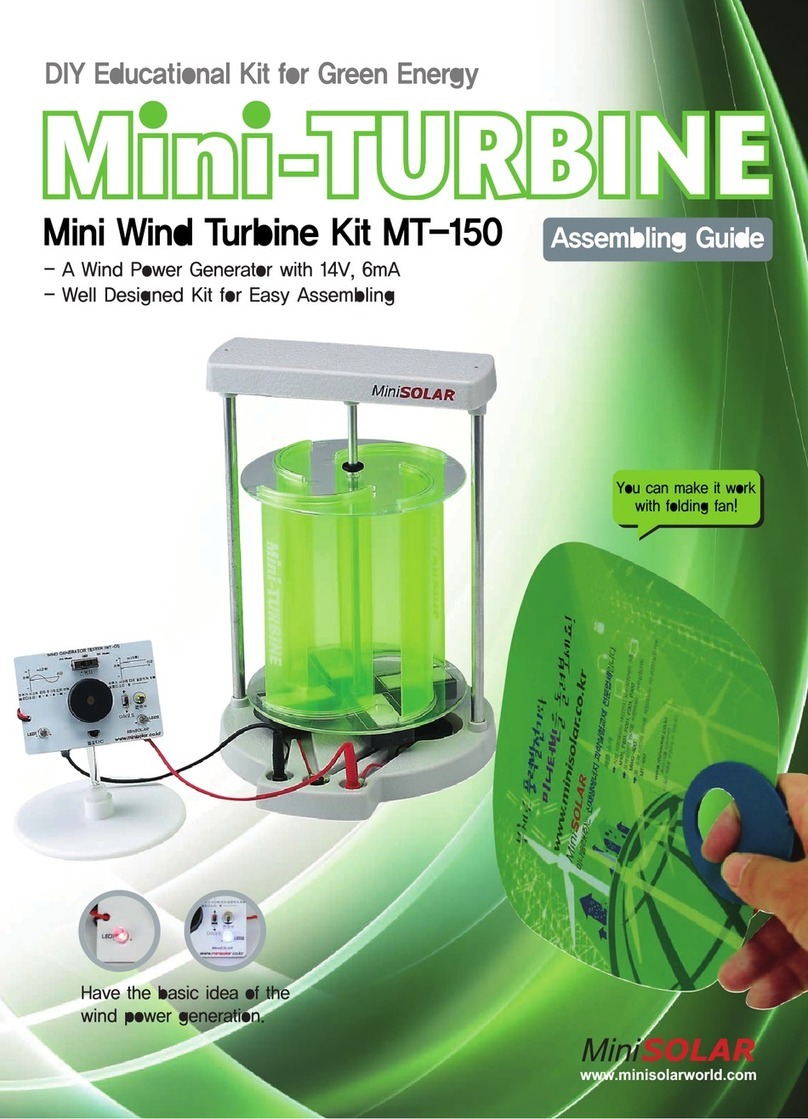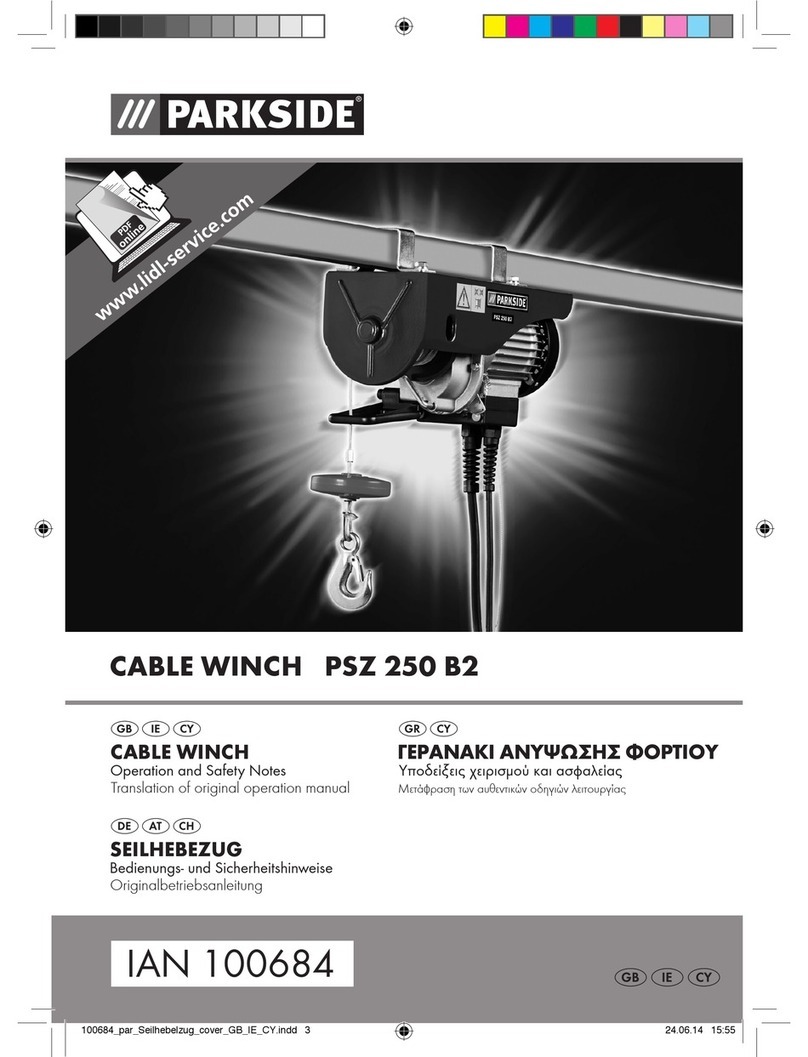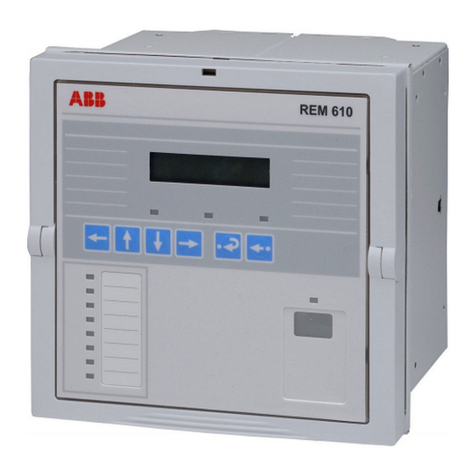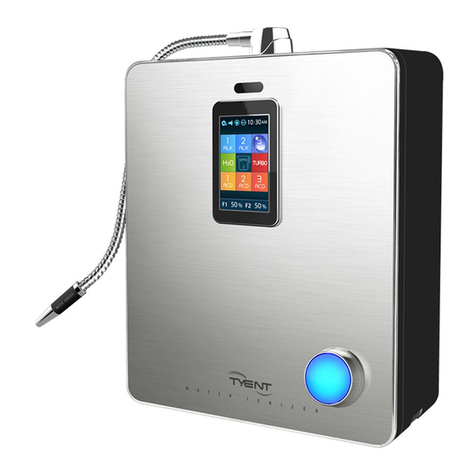
Page 6 GENERAL
Please read this manual and all accompanying documentation in its entirety prior to installation and
operation. These instructions are not intended to cover all details, combinations or variations of the
equipment, storage or installation.
Toshiba medium voltage open vacuum type magnetic motor controllers are UL recognized and built in
accordance with the latest applicable provisions of NEMA ICS 3 Part 2, UL 347 and the National Electrical
Code.
There is a hazard of shock or
burn whenever working on or near
electrical equipment.
ALL POWER supplying the
equipment should be turned off
before starting work, and
disconnecting means should be
locked out and/or tagged out in
accordance with NFPA 70 E, Part II
and ANSI Z244.1.
Where it is not feasible to de-energize the unit, the following precautions should be taken;
A. Persons working near exposed parts that are or may be energized should be instructed to
and should use practices (including appropriate apparel, equipment and tools) in
accordance with NFPA 70 E, Part II.
B. Persons working on exposed parts that are or may be energized should, in addition to A, be
qualified persons who have been trained to work on energized equipment.
RECOMMENDED PROCEDURE
The successful and safe operation of medium voltage control equipment is dependent upon handling,
installation, operation and maintenance by qualified personnel. Failure to follow fundamental installation and
maintenance recommendations could lead to personal injury and damage to the equipment and other
property. When referred to in this manual and on product labels, a qualified person is one who is familiar
with installation, construction or operation of the equipment and the hazards involved. In addition, this
person should have the following qualifications;
1) Is trained and authorized to energize, de-energize, clear, ground and tag circuits in
accordance with established safety practices.
2) Is trained in the proper care and use of protective equipment such as rubber gloves, hard
hat, safety glasses or face shields, flash clothing, etc. in accordance with established
practices.
3) Is trained in rendering first aid.
Phone:
800.894.0412
-
Fax:
888.723.4773
-
Web:
www.clrwtr.com
-
Email:
[email protected]